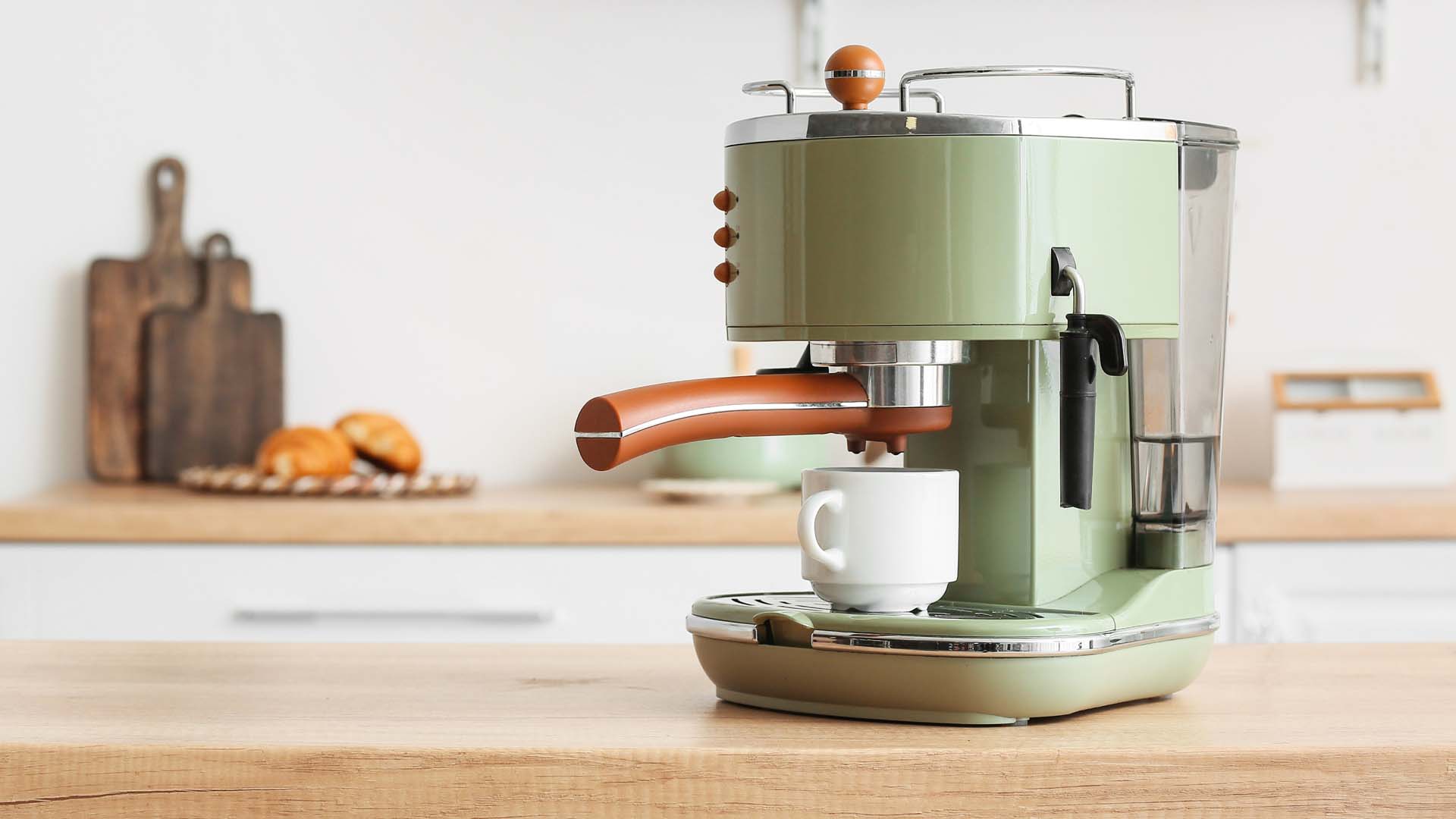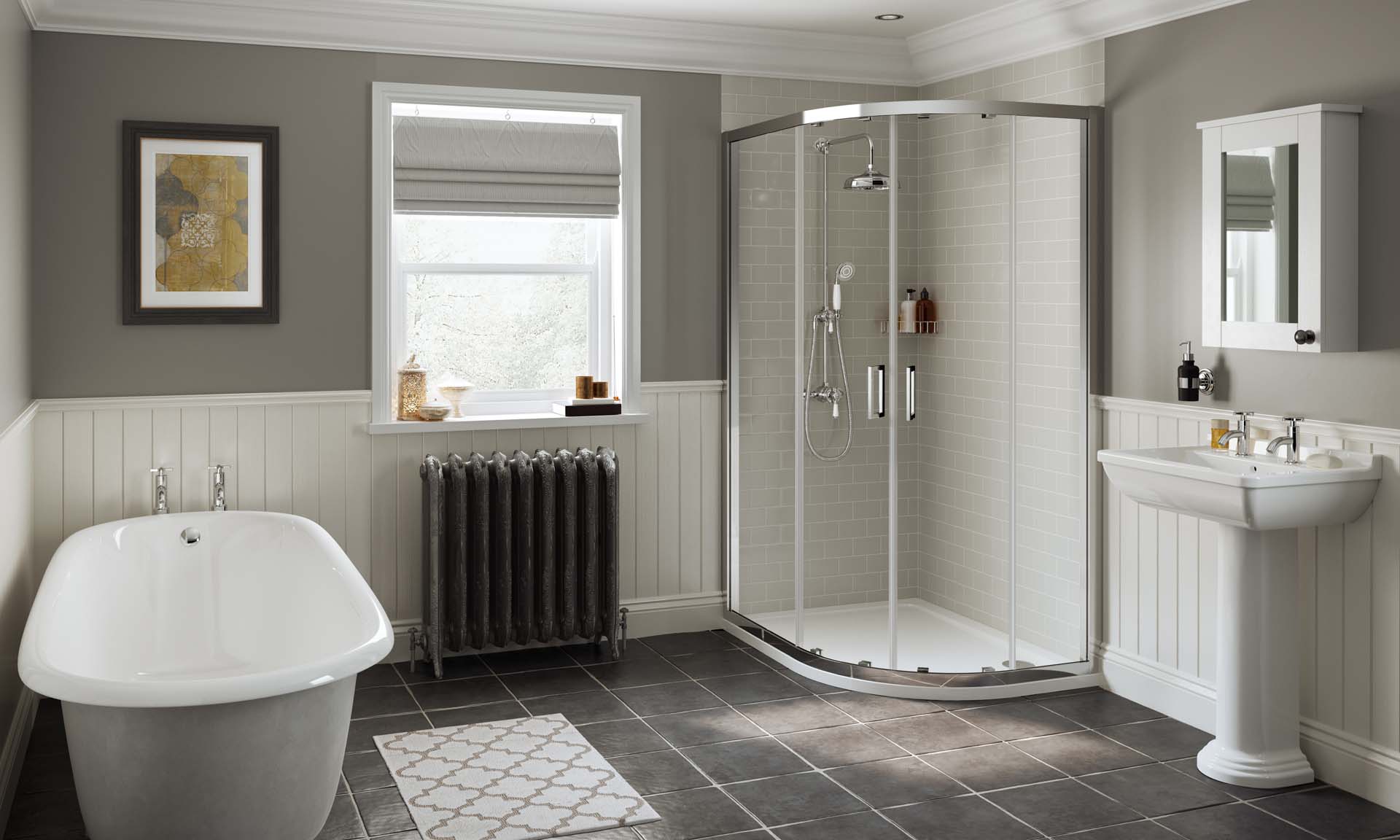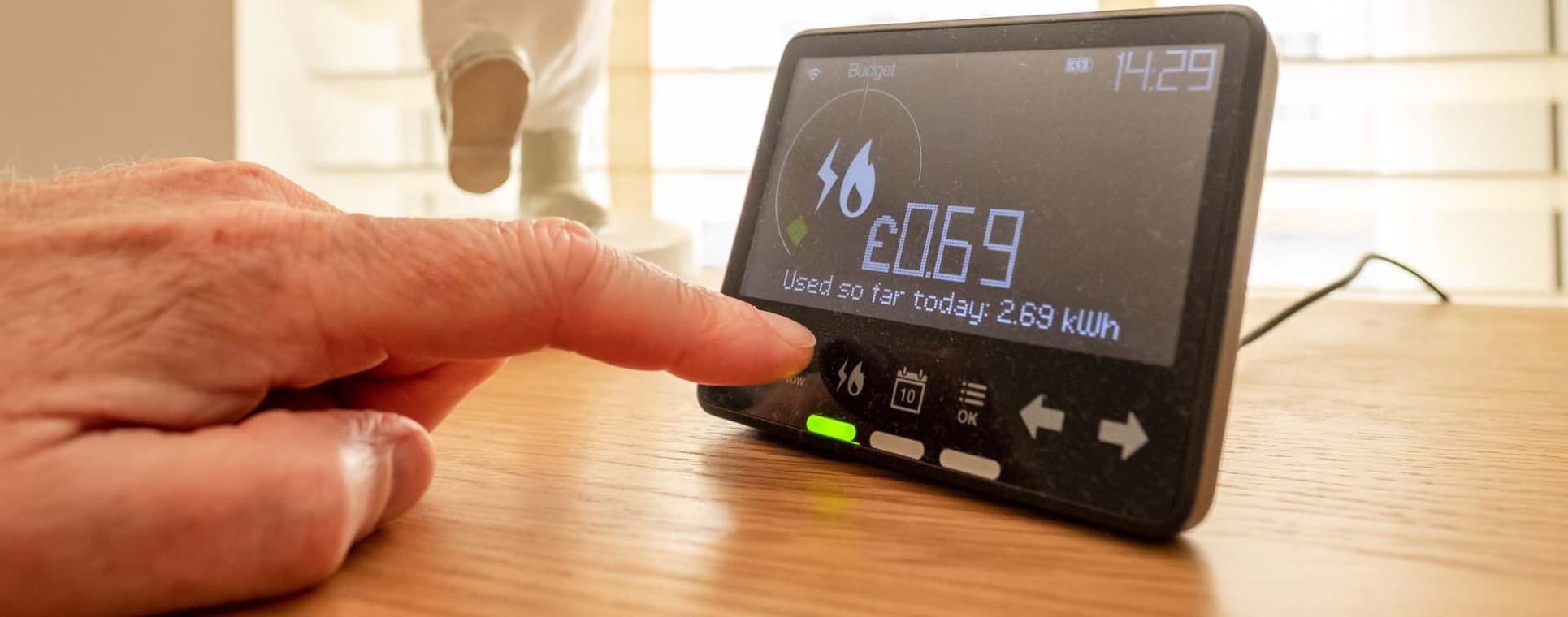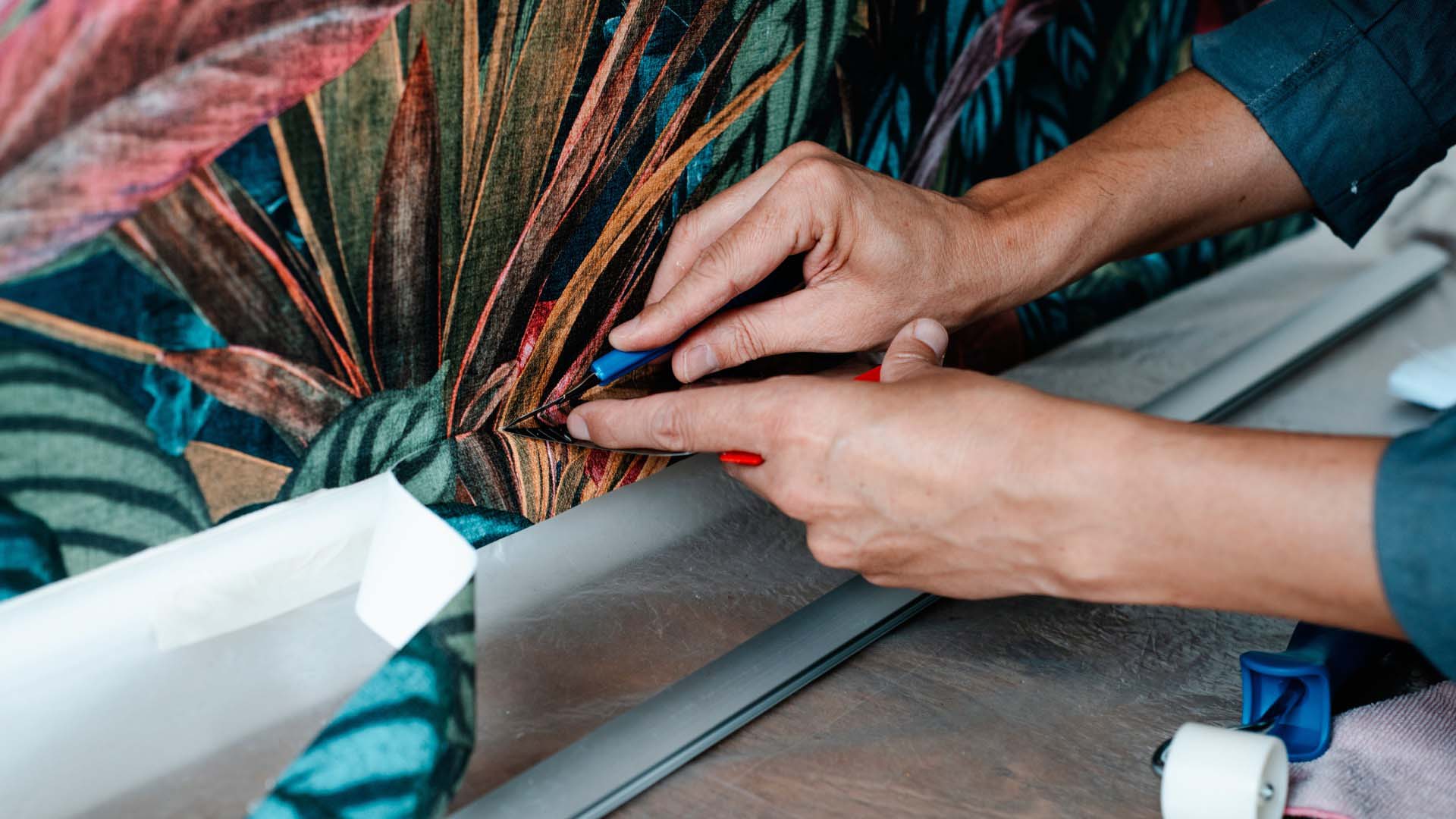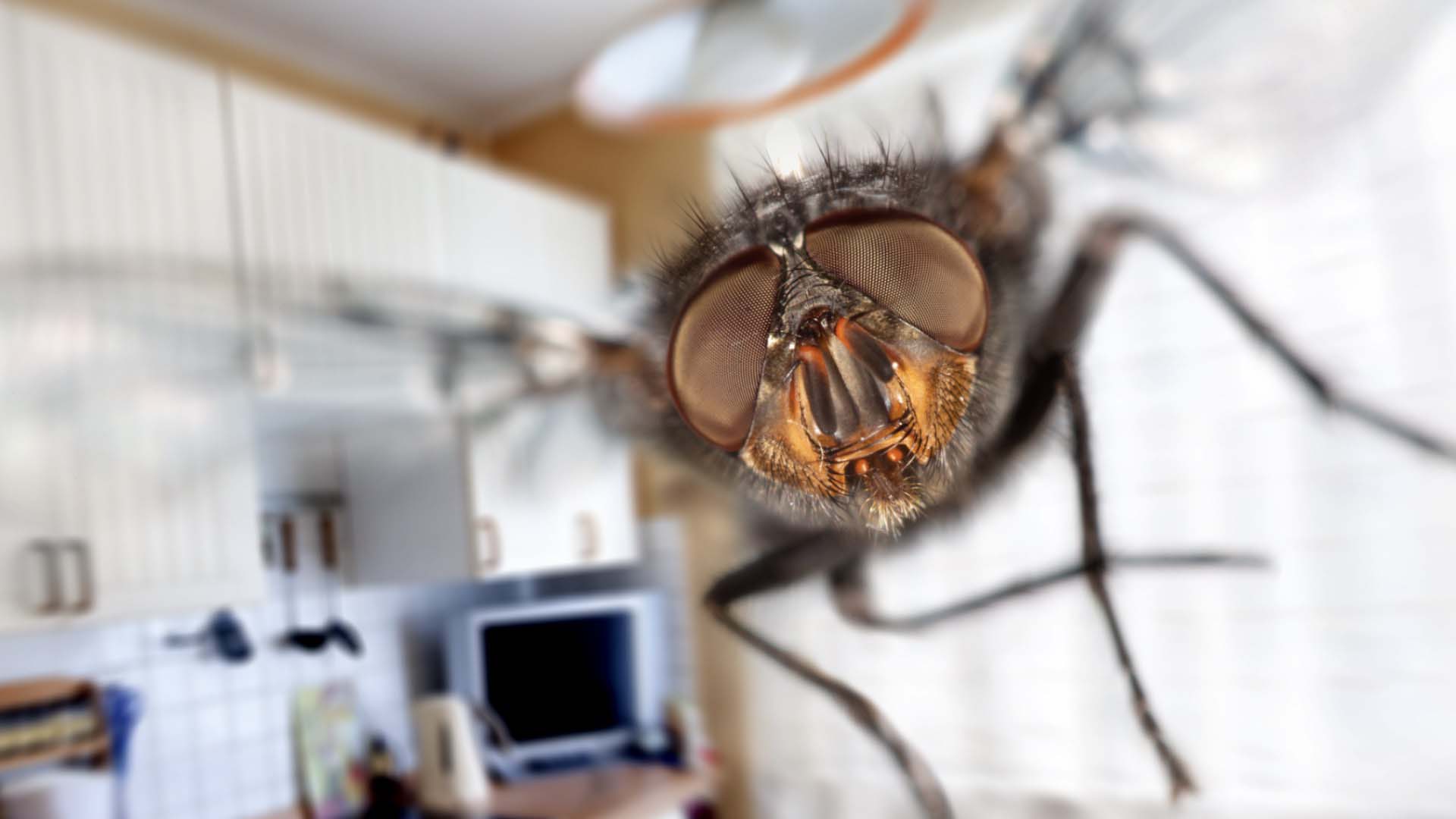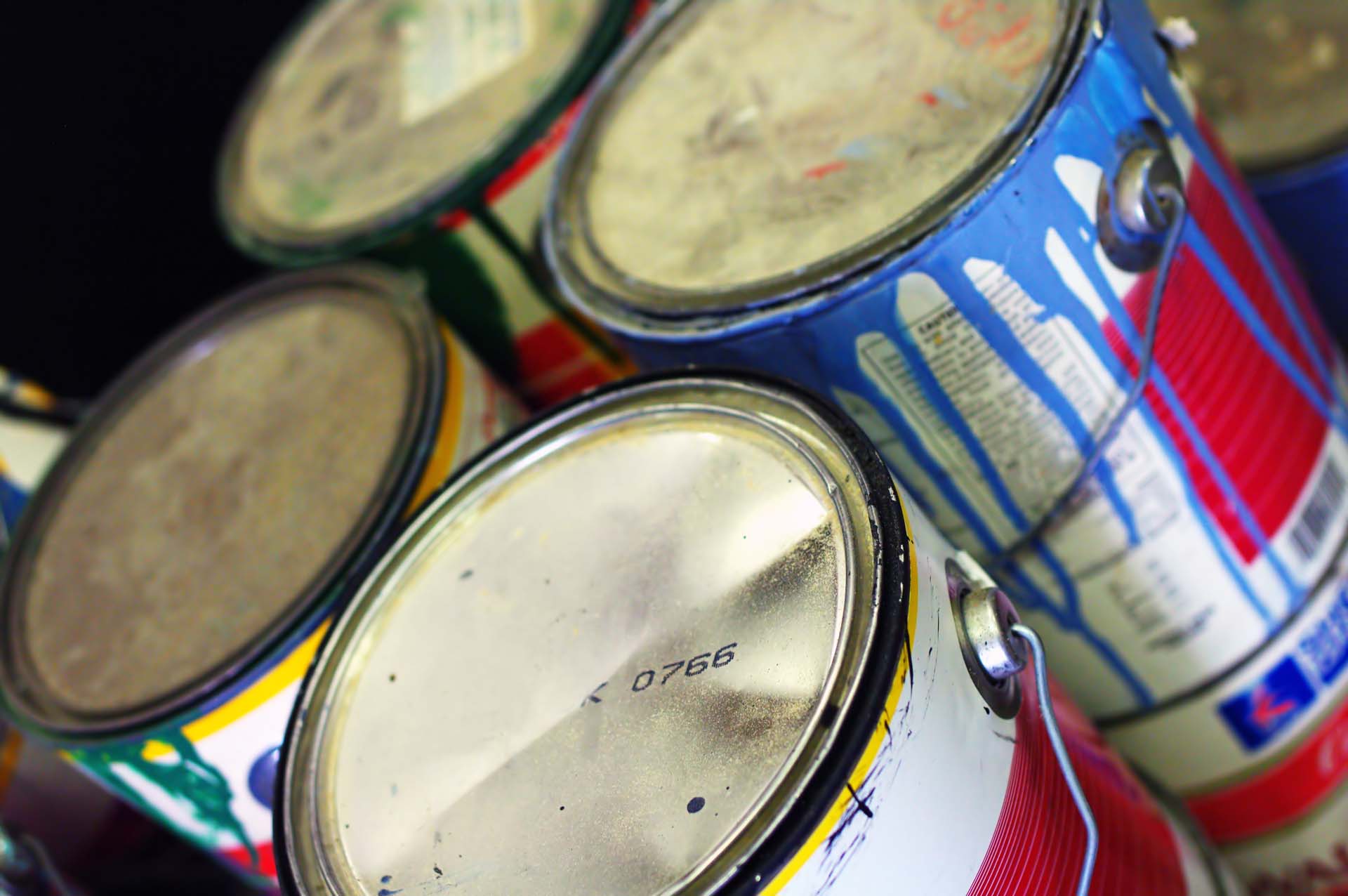How to clean a shower head for a boost in power: with expert tips
Stuck with an underperforming shower that drizzles? We tell you how to clean a shower head to banish limescale and give your shower back its power.

Stuck with an underperforming shower that drizzles? We tell you how to clean a shower head to banish limescale and give your shower back its power.

We've asked the experts how to banish limescale and improve the whole shower experience with a shower head as clean as you are.
“Unfortunately, limescale is unavoidable,” says Chris Billingham, head of marketing and innovation at Methven UK. It’s a particular problem for people living in hard water areas, as it has a “higher concentration of calcium in it”. But removing mineral deposits is not the only reason why you should regularly clean your shower head.
Nigel Bearman at Daily Poppins says: “It is natural for bacteria to grow in an environment that is humid, such as a bathroom. A shower head that's teeming with bacteria is not something anyone wants to stand under. If you clean your shower head, you will prevent yourself from coming into contact with any irritants.”
How you clean your shower head will depend on the type of material that it’s made of. If the nozzles are made of rubber they will be easier to clean than if they are stainless steel or chrome.

You’re in luck if your shower head has rubber nozzles, as limescale is relatively easy to remove. Billingham explains that “most shower heads these days have rubber nozzles which are designed to ‘rub clean’".
However, he advises against using harsh chemicals, as they will attack the surface finish if left for a long period, especially if the shower head is chrome or has a coloured finish.
“Some people have success with natural ingredients such as lemon juice or white vinegar. Never use malt vinegar. But these are acids and can eat away at the chrome finish,” he warns.

Instead of buying off-the-shelf solutions, you can save money by checking in your kitchen store cupboard for white vinegar. According to Mira Showers, it’s the “number one natural cleaning product, making it a simple and affordable way to descale your shower head”.
However, just like Billingham, Mira does warn against using malt vinegar, as “it isn’t particularly effective, and brown vinegar may stain”. We say it’s best left for your chips.
Bearman recommends the following steps if cleaning a shower head with white vinegar:
If you can’t detach your shower head, Henry Paterson, cleaning expert at Housekeep, says: “You can mix the solution in a plastic sandwich bag and tie this around the shower head. Or you can mix the solution in an empty spray bottle and spray it onto the affected area.”
You may be concerned that vinegar is too harsh a substance to use on chrome. However, if used correctly, it is good at removing limescale.
“Diluted vinegar is usually OK on chrome,” says Paterson, “but it’s best to avoid soaking it for too long. Only leave it to soak for 15-20 minutes and then rinse thoroughly.”

As an alternative to white vinegar, lemon juice can be used, as it’s a rich source of citric acid. However, Bearman recommends opting for citric acid when you can, and resorting to lemon juice when it’s not available.
He also mentions: “Bottled lemon juice often contains added ingredients, which may not produce as effective of a clean compared to pure citric acid.”
And, as we’d always recommend when using a cleaning product, read the instructions before use.
“Limescale can be removed from shower heads using a variety of products,” says Bearman, “and it usually takes much less time to use these products than vinegar.”
He warns that it’s important to check the product’s specifications to ensure your shower head won't be damaged by the harsh solution, then “follow the instructions on the label and wear rubber gloves to protect your hands, if necessary”.
“Viakal is a great off-the-shelf limescale remover,” says Paterson. But he does warn: “Shop-bought limescale removers tend to be quite strong – so you need to be careful not to get them onto any marble or other sensitive surfaces.” The application process is usually much quicker than using household alternatives.
“These products are usually sprayed directly onto the affected area, left for a few minutes, and then rinsed off with a damp cloth,” says Paterson.
“Shower heads accumulate mineral residue every time you use your shower,” explains Barrie Cutchie, design director at BC Designs. “Once the water has been shut off, over time these mineral deposits will bond together and create a limescale build-up inside your pipes or shower head. This then results in water struggling to push through the shower nozzles.”
Limescale is caused by a mix of calcium and magnesium left behind when hard water evaporates. It is a particular problem with hot water appliances, such as kettles and showers, as hot water evaporates off a surface much quicker than cold water.
As mentioned above, when limescale builds up in your shower it will block the nozzles in your shower head and clog the heater tank on an electric shower.
“This will reduce the amount of water that can flow through the shower, giving you a worse experience,” says Billingham, “as you will slowly lose pressure and coverage from the shower over time.”
Just as limescale reduces the life of an electric shower, it can also reduce the life of your shower head, but limescale “can be cleaned from your shower head relatively easily”.
“Unfortunately, there is no way of completely preventing limescale build up,” says Billingham.
“The best way is regular maintenance – soak your shower heads every two-three months and give them a good clean and rinse to prevent any significant build-ups.”
Cutchie also suggests that it’s good practice to “clean and dry your shower head after every use”, particularly if you live in a hard water area. “Building it into your daily routine may mean deposits don’t come back.”
“If you’re thinking of replacing your shower head, look out for designs that feature flexible nozzles to help prevent build-up and are easier to clean”, suggests Ronke Ugbaja, leader, product management, LIXIL EMENA and Grohe UK.
Self-cleaning models typically push any remaining water through the nozzles once you’ve finished showering. This ensures the area is clear of water, preventing the build-up of mineral deposits.
I’m forever having to descale my kettle to get rid of limescale. It may be a telling sign that I like a cuppa or two, but if you live in a hard water area, fighting limescale is an ongoing battle. It’s the same for my shower, which needs to be cleaned regularly to ensure it performs efficiently.
However, the problem can be overcome by investing in a water softener, as Ugbaja explains: “These not only significantly reduce limescale throughout the home, but have other personal benefits in the bathroom too, such as improving dry skin conditions, and making soap and shampoo go much further."
With her 30 years of experience, Camilla Sharman has covered a wide range of sectors within the business and consumer industries both as a feature, content, and freelance writer. As a business journalist, Camilla has researched articles for many different sectors from the jewellery industry to finance and tech, charities, and the arts.
View author page